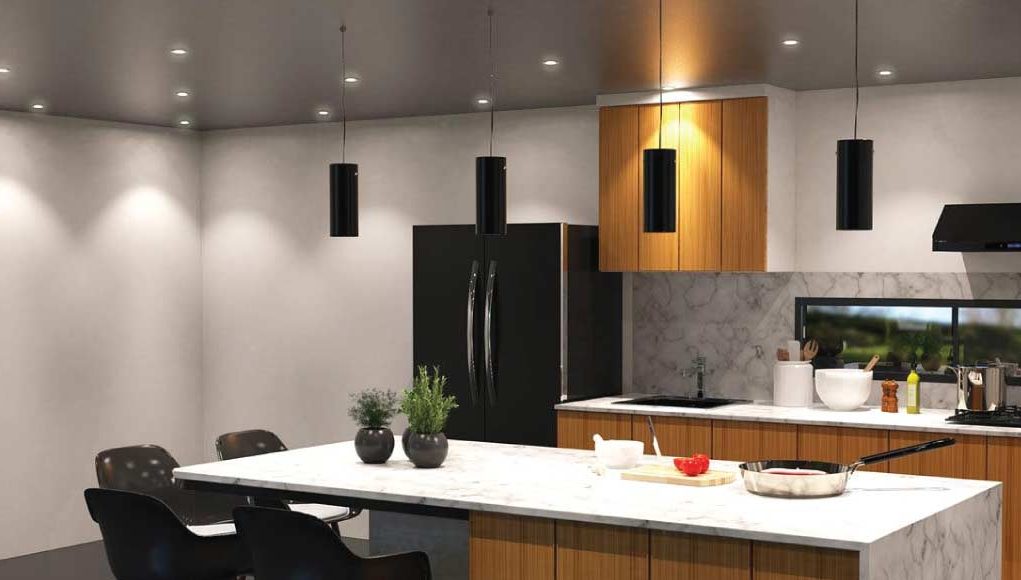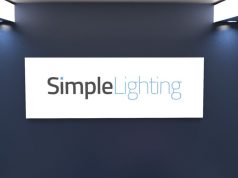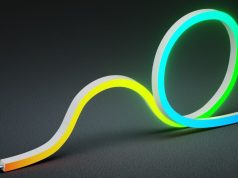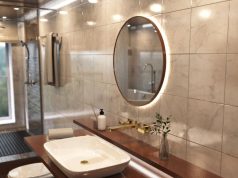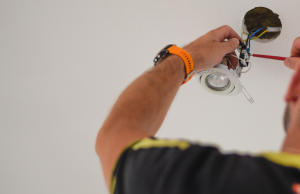Once in a while, you’ll decide to update the lighting system in a particular room or your entire home. Chances are, once you already have this in mind, it means that you have specific lighting fixtures that you want to use. However, before hastily buying what meets your aesthetic and functional requirements, also consider the safety factor your fixtures can add to your home. For example, should you get fire-rate or non-fire-rated downlights?
What are fire-rated downlights?
Nowadays, downlights are growing in popularity because of their elegant and minimalist design and excellent light output. With this, more and more types are invented, and more issues are addressed. Fire-rated downlights are a type of downlight that helps protect your home in case a fire happens. Compared to a traditional downlight, it can slow down the time when the fire will spread and give you and your family more time to escape.
When you cut a hole into your ceiling to install a recessed downlight, you end up reducing the existing fire rating in your ceiling. Because of this, the holes become a passageway for the fire to reach the inside of your home at a rapid pace.
If you’re using fire-rated downlights, the hole that you cut will be blocked with the intumescent pad (integrated into the design of the fixture) that expands when it reaches a particular temperature. Fire-rated downlights have different fire-rating depending on the time it can delay the fire. Usually, it ranges from thirty to ninety minutes of protection. Without the fire rating that these fittings can provide, you’re more at risk of your ceiling collapsing within a few minutes instead of the extra thirty to ninety minutes.
Do your downlights have to be fire-rated?
Ideally, all your downlights should be fire-rated, especially if you have more floors in your home. This is solely for the protection of your family and yourself, so you’ll have more time to escape. With this safety feature, you’ll be more at peace that you have a contingency in case an unforeseen incident occurs.
Surface rated downlight does not necessarily need to be fire-rated since you’re not decreasing the fire integrity of the ceiling. However, recessed downlights are a must to fortify the fire protection of that part of your home.
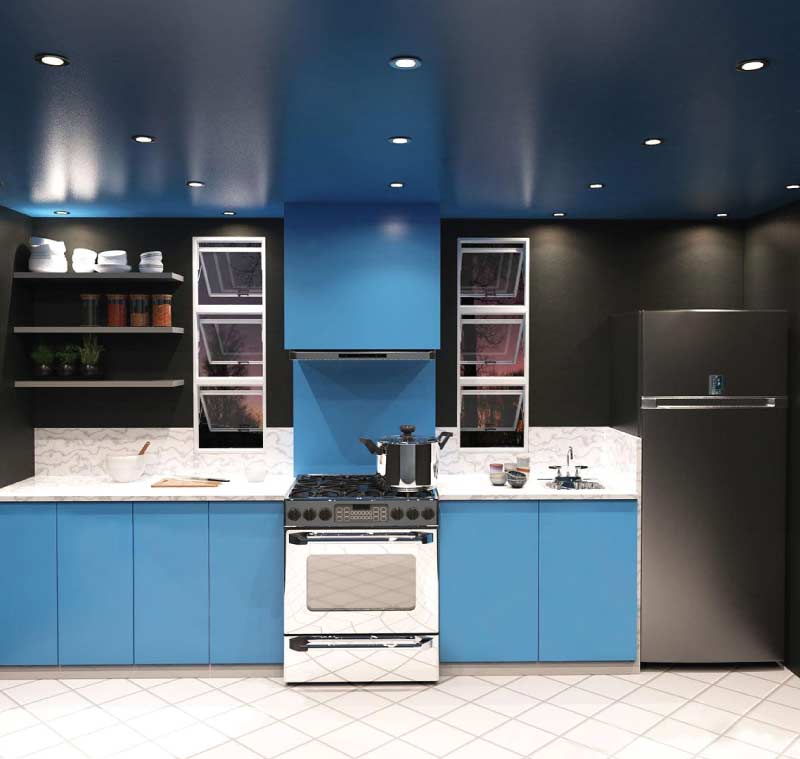
What are the different downlight fire ratings?
Fire-rated downlights are tested individually to determine their fire rating. It’s given either a 30, 60, 90 or sometimes 120 minutes fire rating which signifies the amount of time the fixture can block the fire before it continues to spread.
What are the different fire rated downlights available?
There are three types of fire-rated downlights that you can buy in the market: Halogen, Compact Fluorescent, and LED downlights. Here are their characteristics, perks, and downside.
Halogen Fire Rated Downlights
Halogen fire-rated downlights are the most affordable and most common type. However, while your initial purchase is relatively cheap, the maintenance cost and energy consumption are high, so it cancels the savings that you get upfront. You may pay even more in the long run!
Pros
- Affordable
- Common and readily available
- Instant lunching
Cons
- Produce high amount of heat – can trigger fire
- Not environment friendly
- High energy consumption
- Many countries are starting to phase them out
Compact Fluorescent (CFL) Fire Rated Downlights
CFL fire-rated downlights are better than halogen fire-rated downlights in terms of energy consumption and lifespan. However, when you switch them on, it takes a few minutes before they fully brighten up. In addition, they have a higher heat output and contain mercury which is bad news not only for the people living with the fitting but also for the environment.
Pros
- More energy-efficient than halogen
- Longer average lifespan (around 10,000 hours)
Cons
- Takes 2 minutes to fully brighten after switching on – troublesome when you need instant brightness
- Hotter than halogen, making it a bigger fire risk
- Not environment friendly – contains mercury, so it’s harder to dispose
- Out of date because of the emergence of the LED version
LED Fire Rated Downlights
Out of the three, LED fire rated downlights are the best choice because it has the latest technology and has various options! It can also last longer, is more energy-efficient and perfect for the environment (no mercury). This fire-rated downlight operates on a low-temperature level, eliminating any fire threats.
The only downside that you’ll notice is that LED fire-rated downlights are initially more expensive (although it’s not unreasonably high) than halogens and CFL. However, if you sum up the savings you’ll get from your lower energy bill and maintenance cost, it will offset your upfront expense.
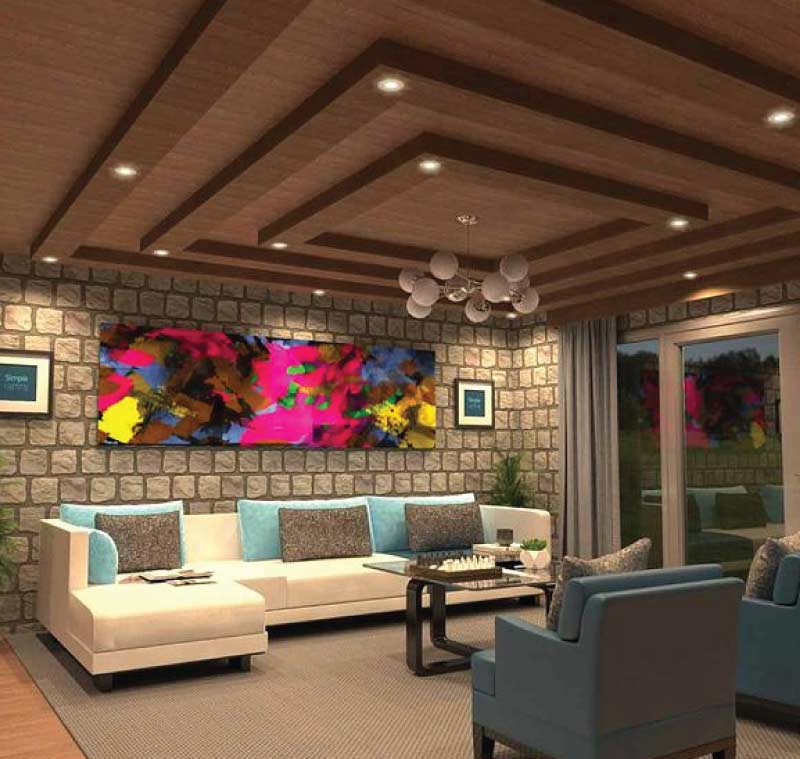
Pros
- Made from the newest technology available in the lighting industry
- Longer average lifespan – can last four times longer than CFL (about 40,000 hours)
- Low energy consumption but high light output
- More colour temperature options – some are even colour tuneable
- Low maintenance
- Emits very minimal heat only – not a fire threat
Cons
- Higher initial cost compared to the first two (although it can be offset with the savings from the low energy consumption and maintenance fee)
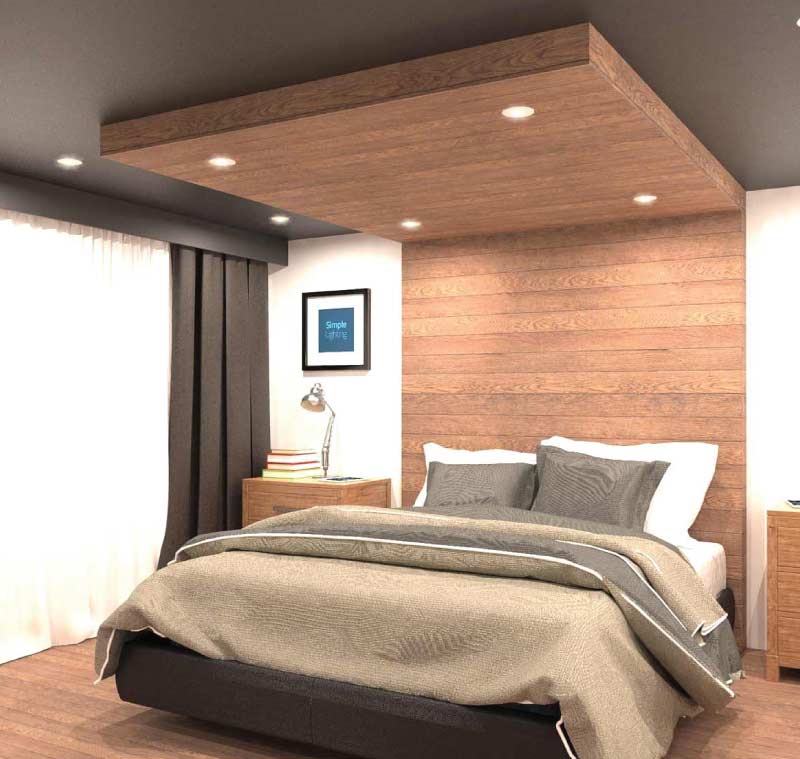
There you have it! Now that you know why fire-rated downlights are essential visit our website, Simple Lighting, to start shopping! We have a vast collection ranging from regular downlights to dimmable downlights to fire-rated downlights. Also, we have other light solutions for indoor, outdoor, and commercial lighting needs!


